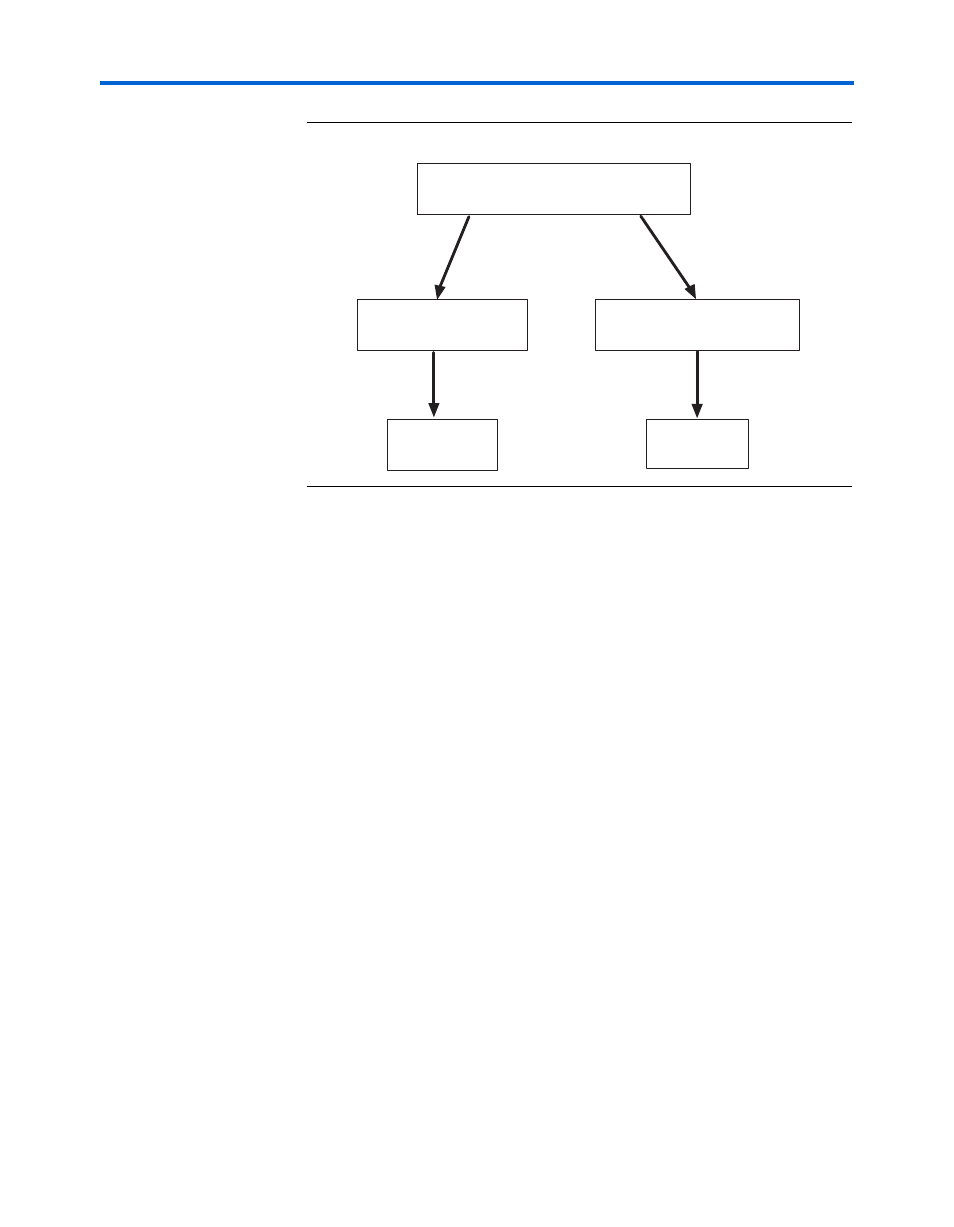Pattern detector module, Figure 6–4, Shows – Altera Stratix GX Transceiver User Manual
Page 159

Altera Corporation
6–5
January 2005
Stratix GX Transceiver User Guide
GigE Mode
Figure 6–4. Components in Stratix GX Word Aligner
For embedded clocking schemes, the clock is recovered from the
incoming data stream based on the data transition density. Therefore, you
do not need to factor in receiver skew margins between the clock and
data. However, with this clocking methodology, the word boundary of
the re-timed data might be altered. Stratix GX devices offer an embedded
word alignment circuit that uses synchronization state machines in
conjunction with the pattern detector to align the word boundary of the
re-timed data to a specified comma. This embedded circuit can be
configured to synchronize to the GigE protocols.
GigE mode requires synchronization to align the byte boundary of the
receiver after incoming serial data is de-serialized. This step is necessary
because the Stratix GX block uses a non-source-synchronous serial
stream. To correctly align the byte boundary at the receiver, the Stratix GX
device sends a unique synchronization pattern to the receiver that does
not occur between any Dx.y or Kx.y code combinations, namely, a
/K28.5/
10-bit comma.
Pattern Detector Module
The pattern detector matches a predefined comma to the current byte-
boundary. If the comma is present, the optional rx_patterndetect
signal asserts for one clock cycle to signify that the comma exists in the
current word boundary. The pattern detector module only indicates that
the signal exists and does not modify the word boundary. A 10-bit pattern
can be programmed for the pattern detector to recognize.
Word Aligner
Pattern
Detector
Synchronization
State Machines
10-Bit
Mode
GigE
Mode